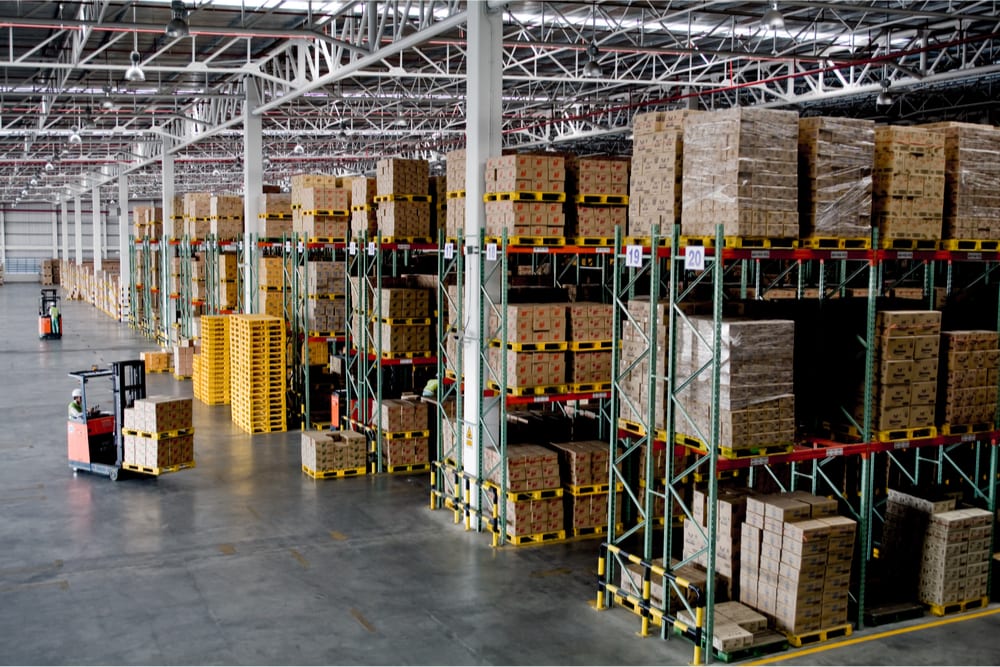
Kolkata, often referred to as the “City of Joy,” is not only a cultural and historical treasure trove but also a bustling economic hub of Eastern India. One of the key drivers of Kolkata’s economic prowess is its robust warehousing sector. In this article, we will delve into the world of warehousing in Kolkata, exploring its significance, growth trajectory, challenges, and the future prospects that make it a vital cog in India’s logistics wheel.
- Kolkata’s Warehousing Landscape
Kolkata’s strategic location, nestled on the banks of the Hooghly River and close proximity to the Bay of Bengal, makes it an ideal gateway for trade with Southeast Asia and the northeastern states of India. This geographical advantage has fueled the growth of the warehousing sector in the city.
Kolkata boasts a vast network of warehouses in Howrah, ranging from traditional godowns to modern logistics parks. These warehouses serve a diverse range of industries, including manufacturing, retail, e-commerce, and agriculture. The city’s warehousing ecosystem is characterized by its adaptability and capacity to cater to the ever-evolving needs of businesses.
- Role in the Eastern Logistics Corridor
Kolkata plays a pivotal role in the Eastern Logistics Corridor, connecting the northeastern states, Bhutan, Bangladesh, and parts of Myanmar. The city serves as a vital transit point for goods traveling to and from these regions. The presence of major ports like Kolkata Port and Haldia Port further enhances its importance in the logistics chain.
Goods arriving at these ports often require storage and distribution, and Kolkata’s warehouses step in to fulfill this demand efficiently. This strategic positioning not only boosts the local economy but also bolsters India’s trade ties with neighboring countries.
- The E-commerce Boom
The rise of e-commerce has transformed the warehousing in Howrah. As more consumers turn to online shopping, businesses require sophisticated warehousing solutions to meet the demands of rapid deliveries. Consequently, Kolkata has witnessed a surge in the development of modern, tech-savvy warehouses equipped with state-of-the-art automation and inventory management systems.
E-commerce giants like Amazon and Flipkart have established their fulfillment centers in the city, further fueling the demand for advanced warehousing facilities. This influx of e-commerce players has created job opportunities and economic growth in the region.
- Challenges Faced by Kolkata’s Warehousing Sector
Despite its growth and significance, Kolkata’s warehousing sector faces several challenges:
a. Infrastructure Bottlenecks: Kolkata’s road infrastructure needs improvement to ensure seamless movement of goods within the city. Traffic congestion and inadequate road connectivity can lead to delays in cargo movement.
b. Land Availability: Finding suitable land for warehouse development is a challenge, especially in a densely populated city like Kolkata. This constraint can hinder the expansion of the warehousing sector.
c. Regulatory Hurdles: Regulatory hurdles, such as complex licensing procedures and compliance requirements, can be burdensome for warehouse operators. Streamlining these processes could encourage more investments in the sector.
d. Environmental Concerns: The warehousing sector’s impact on the environment, particularly in terms of emissions and waste management, needs attention. Implementing eco-friendly practices is essential for sustainable growth.
- Future Prospects
Kolkata’s warehousing sector is poised for a promising future. Several factors contribute to its continued growth:
a. Government Initiatives: The Indian government’s initiatives like ‘Make in India’ and ‘Atmanirbhar Bharat’ are expected to boost manufacturing and trade, driving the demand for warehousing services.
b. Infrastructure Development: Planned infrastructure projects, including the expansion of road networks and improvements in port facilities, will enhance Kolkata’s connectivity and efficiency in handling cargo.
c. Technological Advancements: The adoption of technology, such as IoT and blockchain, will improve inventory management, reduce operational costs, and enhance the overall efficiency of warehouses.
d. E-commerce Expansion: The e-commerce boom is unlikely to slow down, and Kolkata will continue to attract investments from online retail giants, further driving the demand for modern warehousing solutions.
e. Sustainability Initiatives: Warehousing companies in Kolkata are increasingly focusing on sustainability. Implementing green practices and adopting renewable energy sources will not only reduce environmental impact but also attract environmentally conscious businesses.
Also Read: Unlocking the Potential: A Comprehensive Guide to Warehousing in Lucknow
Conclusion:
Warehouses in Kolkata have evolved from traditional godowns to a dynamic and integral part of India’s logistics landscape. Its strategic location, pivotal role in the Eastern Logistics Corridor, and adaptability to changing market trends make it a significant contributor to the city’s economy. While challenges persist, proactive measures and government support are expected to bolster the sector’s growth in the coming years. As Kolkata continues to be a thriving center of trade and commerce, its warehousing sector will remain a cornerstone of its economic success.